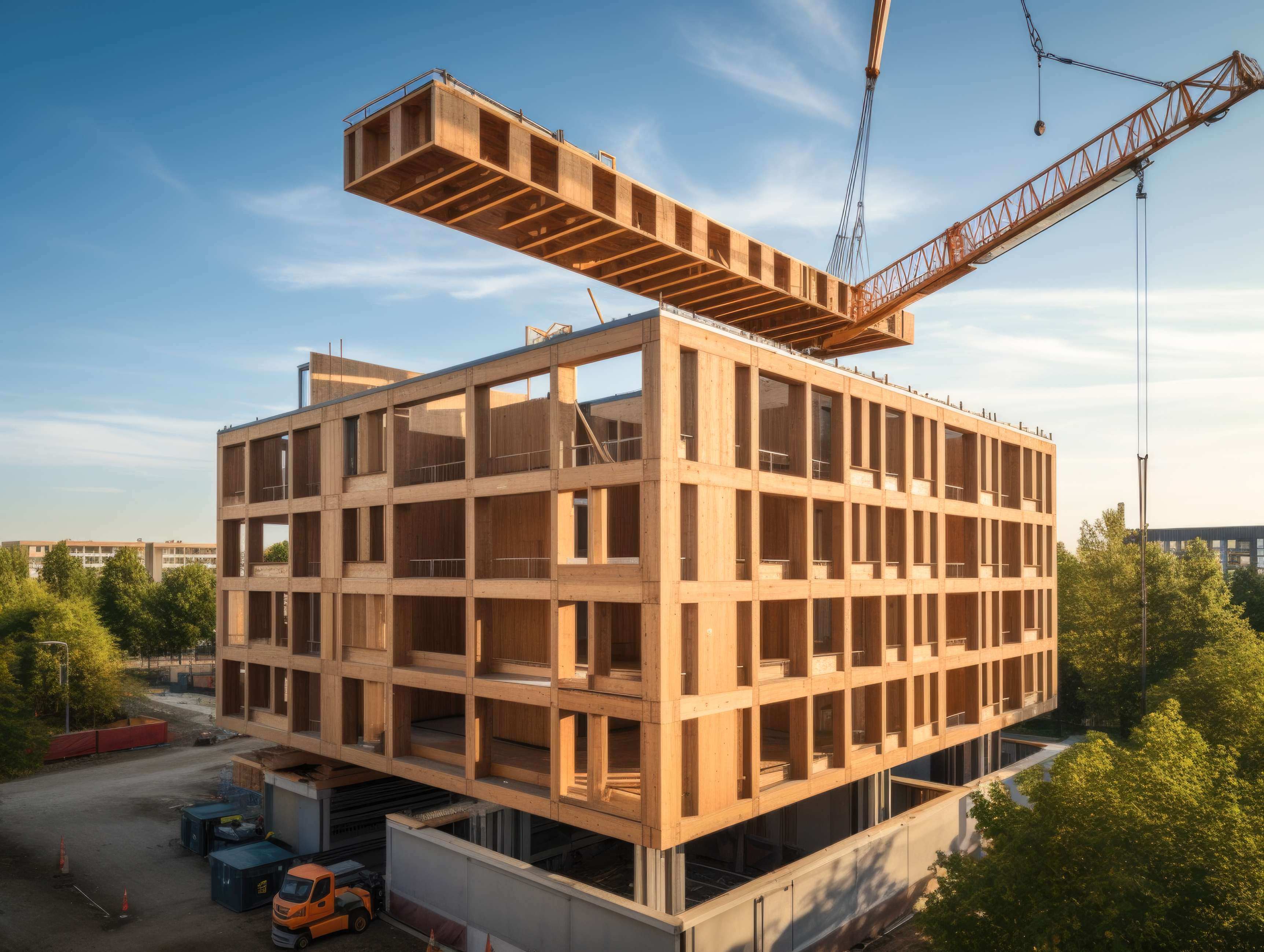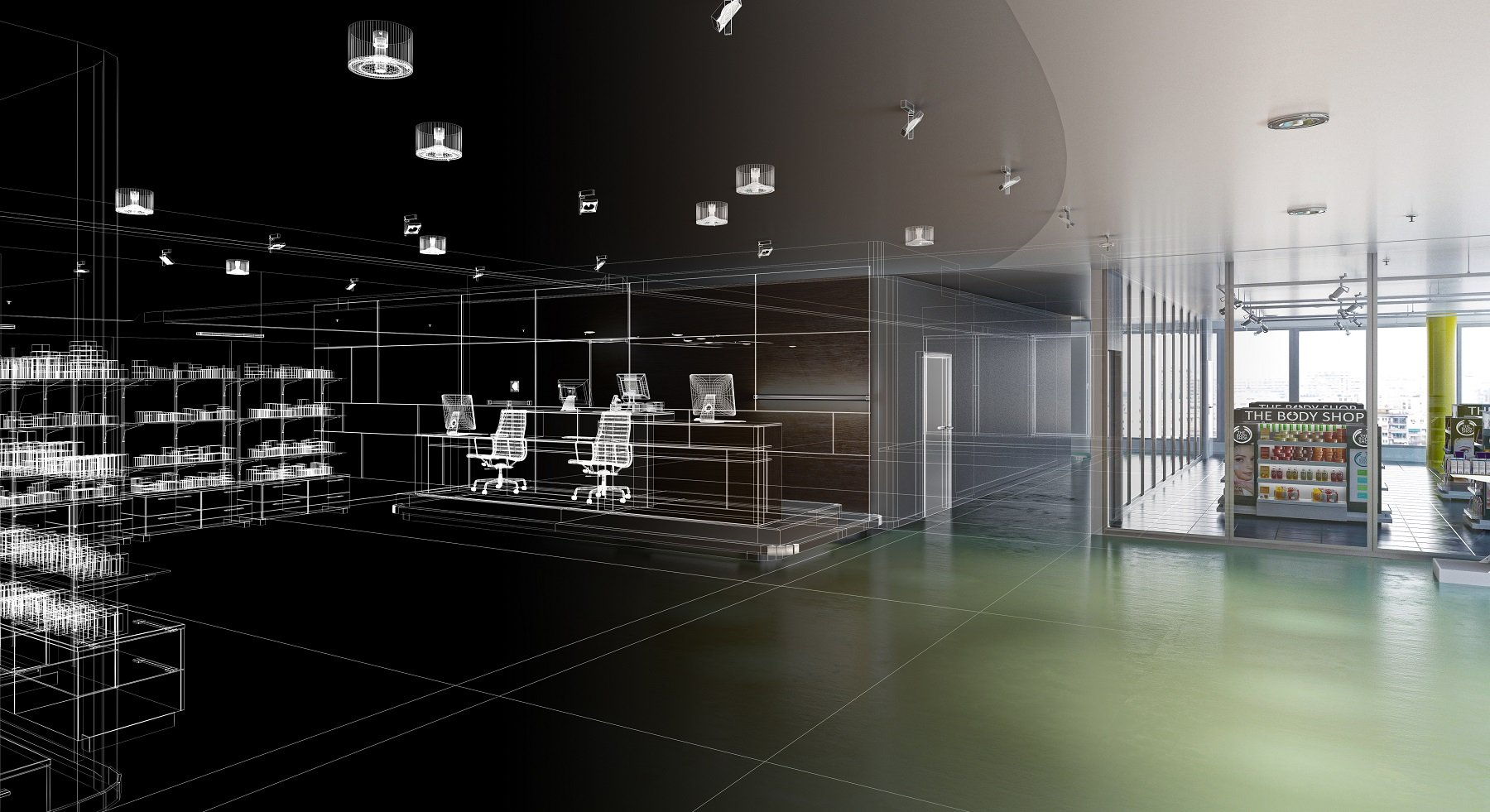A virtuous triangle… And why it pays to keep construction simple
Good things come in threes, especially in the hard-nosed world of commercial construction: we’re talking Time, Cost, and Quality…the three vital points of a virtuous triangle, and together they make that hard-nosed world spin around. Let me explain what I mean…
When I first came to England from India, bright-eyed and bursting with ambition, I had an architect friend just as bright-eyed and bursting just as much, but most of the time, he was designing uninspiring things like small kiosks and airport information desks: what he really wanted to do…what he longed to do, was build an iconic house (in the style of his hero, Corbusier). Eventually, he stumbled across a client who was ambitious enough (or stupid enough) to trust him with the right project. The plans he drew up were littered with majestically curving walls, suspended staircases (three of them), and a Carrera marble floor…but it all came crashing down (metaphorically) under the eagle eye of a hard-nosed builder. Straight walls are cheaper than curved, he explained, and easier to build too; and forget the suspended staircases (you only need one, and it comes in a kit), and as for the marble floor…well, who has a marble floor in Barnsley? So the client got a square box of a house, and my friend went off to design supermarket cafes for Sainsbury’s.
His dreams might have shivered to dust, but (courtesy of a hard nosed builder) he got to know about the Virtuous Triangle, and supermarket cafes have been enriched by the knowledge ever since.
Because here’s another hard-nosed truth…almost nothing gets built that doesn’t meet Time, Cost, and Quality parameters right from the outset, and in the unlikely event a non-compliant project does get a green light, it will almost certainly top out horribly behind schedule, and blow any budget to bits in the process. That’s why nobody green lights non-virtuous projects twice in any lifetime…projects like HS2, where costs ballooned from £37.5 Billion to £110 Billion in ten short years, while, over the same period, network expansion plans were cut in half…and don’t even get me started on Crossrail.
Yet another hard-nosed truth
Traditional, brick-and-mortar construction is unbelievably bad at building to the demands of a Virtuous Triangle. Sometimes, that’s due to external factors, like downpours of rain that seem to go on forever and keep workers shut up idly in huts, drinking tea and reading the racing pages (all of which scores badly on the Time Variable). But more often than not, it’s due to a pig-headed unwillingness on the part of dinosaur contractors to look sustainability (and reality) in the face: that’s why construction is still ranked as the number one producer of unrecyclable waste on the planet (mostly broken bricks, rusted girders, and ripped out electrical cabling…in case you’re interested), and that scores incredibly badly too, on the Cost Variable.
And remember my friend’s client, the fellow who wanted a dream home and wound up with a square box? Well, dinosaur construction isn’t much cop at Quality either. Innovative, more sustainable materials are still usually rejected in favour of concrete and steel, because concrete and steel fit in better with standard, off the shelf planning: and, of course, dinosaurs aren’t especially keen on innovation.
There is, though (happily), a much better way to build…
3D Volumetric Construction
Modular Construction makes use of offsite facilities and technologies to create individual building components in climate-controlled conditions, and then they’re assembled on-site to a predetermined plan, resulting in 30% faster completion times. Given Modular techniques are also up to 40% less expensive than traditional construction technologies (www.mckinsey.com), that pretty much ticks the boxes for the Time and Cost ends of the triangle.
As for the third end, Quality, modular technologies also offer increased opportunities for the incorporation of more sustainable, environmentally friendly materials into the fabric of the building, as well as radically improved finishes, and built-in potential for recyclability. Things dinosaur contractors can still only dream about.
Small wonder then that 15% of total construction around the world is currently modular in format, and that trend is rapidly spiking up.
Executive Overview
All the evidence points to the inherent advantages of ConstrucTech, and given the radical challenges of fast-moving markets, that can only favour Modular Construction.






-1.png)


Leave a Reply